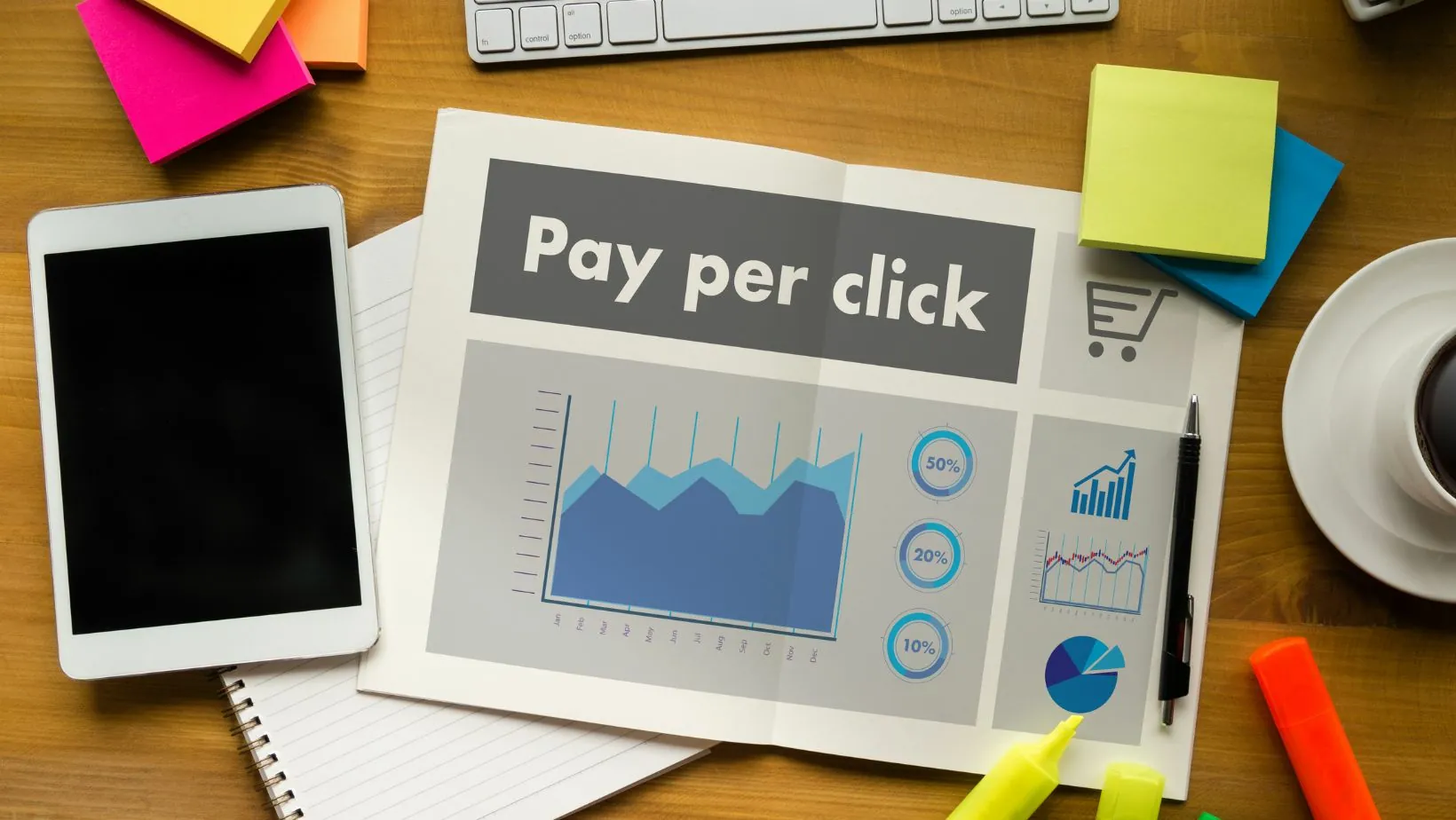Table of Contents
ToggleA CPC Calculator is a fundamental tool used in digital advertising to determine the exact cost of a single click on your ad. To calculate Cost Per Click (CPC), you use the simple formula: CPC = (Total Cost of Your Ad Campaign ÷ Total Number of Clicks). For instance, if you spent $200 on a campaign and it received 400 clicks, your CPC would be $0.50. This metric is essential for managing your advertising budget and understanding the cost-effectiveness of your Pay-Per-Click (PPC) campaigns.
How to Calculate CPC: Formula and Example
| Component | Description | Example Value |
| Total Ad Spend | The total amount of money spent on an advertising campaign or ad group. | $300 |
| Total Clicks | The total number of times your ad was clicked on during the campaign. | 600 Clicks |
| CPC Formula | (Total Ad Spend / Total Clicks) | ($300 / 600) |
| Result (CPC) | $0.50 | $0.50 |
| Interpretation | Each click on the ad cost $0.50. | Cost-Effective |
E-Tablolar’a aktar
The Ultimate Guide to Understanding and Calculating Cost Per Click (CPC) in 2025
In the world of Pay-Per-Click (PPC) advertising, every click comes with a cost. Understanding and managing this cost is the cornerstone of a profitable digital marketing strategy. Cost Per Click (CPC) is one of the most fundamental metrics you will encounter, serving as a direct measure of how much you are paying to drive a potential customer to your website or landing page. Whether you’re running ads on Google, Facebook, or any other platform that uses a PPC model, mastering your CPC is essential for controlling your advertising budget, evaluating campaign efficiency, and ultimately, maximizing your return on investment.
What is Cost Per Click (CPC) and Why is it so Important?
Cost Per Click (CPC) is the amount an advertiser pays for each individual click on one of their ads. It’s the core pricing model for many types of online advertising, including search engine marketing and social media ads. Instead of paying for the number of times your ad is shown (impressions), you only pay when someone takes the action of clicking.
The importance of CPC in 2025 cannot be overstated for several reasons:
- Budget Management: CPC provides a clear, tangible cost for each visitor you acquire. This allows for precise budget planning and helps prevent overspending.
- Performance Measurement: Tracking your CPC allows you to gauge the cost-efficiency of different campaigns, ad groups, keywords, and ad creatives. A lower CPC generally means you are acquiring traffic more efficiently.
- Profitability Analysis: When combined with your conversion rate and average order value, CPC helps you determine the profitability of your campaigns. If the cost to acquire a customer (based on multiple clicks) is higher than the profit they generate, your strategy is unsustainable.
- Competitive Insight: Your CPC is often determined by an auction system, meaning it reflects the level of competition for specific keywords or audiences. A high CPC indicates a highly competitive (and often valuable) market.
The CPC Formula: A Simple Calculation
The CPC formula is one of the most straightforward in digital marketing:
CPC=Total Number of ClicksTotal Cost of Ad Campaign
- Total Cost of Ad Campaign (Ad Spend): This is the total amount of money you have spent over a specific period.
- Total Number of Clicks: This is the total number of clicks your ads have received during that same period.
For example, if you spend $150 on a Google Ads campaign and receive 300 clicks, your average CPC is:
CPC=300$150=$0.50
This means you are paying an average of 50 cents every time a user clicks on your ad.
CPC vs. CPM vs. CPA: Understanding the Differences
It’s easy to get lost in the alphabet soup of marketing metrics. Here’s a clear breakdown of how CPC differs from other common pricing models:
- CPC (Cost Per Click): You pay when someone clicks your ad. Best for campaigns where the primary goal is to drive traffic and direct user action.
- CPM (Cost Per Mille/Thousand): You pay for every 1,000 impressions (times your ad is shown). Best for brand awareness campaigns where the goal is maximum visibility, not necessarily direct action.
- CPA (Cost Per Acquisition/Action): You pay only when a specific conversion action is completed (e.g., a sale, a form submission, a download). This model is highly performance-focused but often comes with higher initial costs.
Understanding these differences is crucial for selecting the right bidding strategy for your campaign goals.
What Factors Influence Your Cost Per Click?

Your CPC is not a static number; it’s a dynamic value influenced by a complex auction system and several key factors. Understanding these can help you learn how to lower your cost per click.
- Quality Score (Google Ads): This is Google’s rating of the quality and relevance of your keywords, ad copy, and landing pages. A higher Quality Score is rewarded with a lower CPC and better ad placements. It’s a combination of:
- Expected Click-Through Rate (CTR): How likely users are to click your ad.
- Ad Relevance: How closely your ad matches the user’s search query.
- Landing Page Experience: The relevance, transparency, and ease of navigation of your landing page.
- Ad Rank: This determines your ad’s position on the search results page. It’s calculated as (Your Maximum Bid x Your Quality Score). You can actually win a higher ad position than a competitor with a larger bid if your Quality Score is significantly better.
- Competition: PPC advertising is an auction. The more advertisers bidding on the same keywords or audience, the higher the CPC will be. The average CPC by industry can vary wildly, from under $1 in some niches to over $50 in highly competitive sectors like legal services.
- Audience Targeting (Social Media): On platforms like Facebook Ads, the specificity and value of your target audience affect your CPC. Targeting a high-income, niche demographic will be more expensive than targeting a broad, general audience.
- Ad Relevance and Creative: Just like on Google, ads on social media that are highly relevant and engaging (leading to a higher CTR) are often rewarded with a lower CPC by the platform’s algorithm.
Strategies to Lower Your CPC and Improve Efficiency
A lower CPC means your budget goes further, allowing you to acquire more traffic for the same amount of money. Here are actionable strategies to optimize your PPC campaigns:
- Improve Your Quality Score: This is the number one priority for Google Ads. Focus on creating tightly-themed ad groups where keywords, ad copy, and landing pages are all perfectly aligned.
- Target Long-Tail Keywords: Instead of bidding on broad, highly competitive (and expensive) keywords like “shoes,” target more specific, long-tail keywords like “men’s waterproof trail running shoes.” These have lower competition, lower CPC, and often a higher conversion rate.
- Use Negative Keywords: Actively add negative keywords to your campaigns to prevent your ads from showing for irrelevant search queries. This stops you from wasting money on clicks that will never convert.
- A/B Test Your Ad Copy and Creative: Continuously test different headlines, descriptions, images, and videos. A small increase in your CTR can have a significant positive impact on your Quality Score and a downward effect on your CPC.
- Optimize Landing Pages: Ensure your landing page delivers on the promise of your ad. It should be fast-loading, mobile-friendly, and make it easy for the user to complete the desired action. A good landing page experience boosts your Quality Score.
By regularly using a CPC Calculator to monitor your performance and actively working to influence the factors that determine your costs, you can transform your PPC campaigns from a simple expense into a highly efficient and profitable marketing channel.





